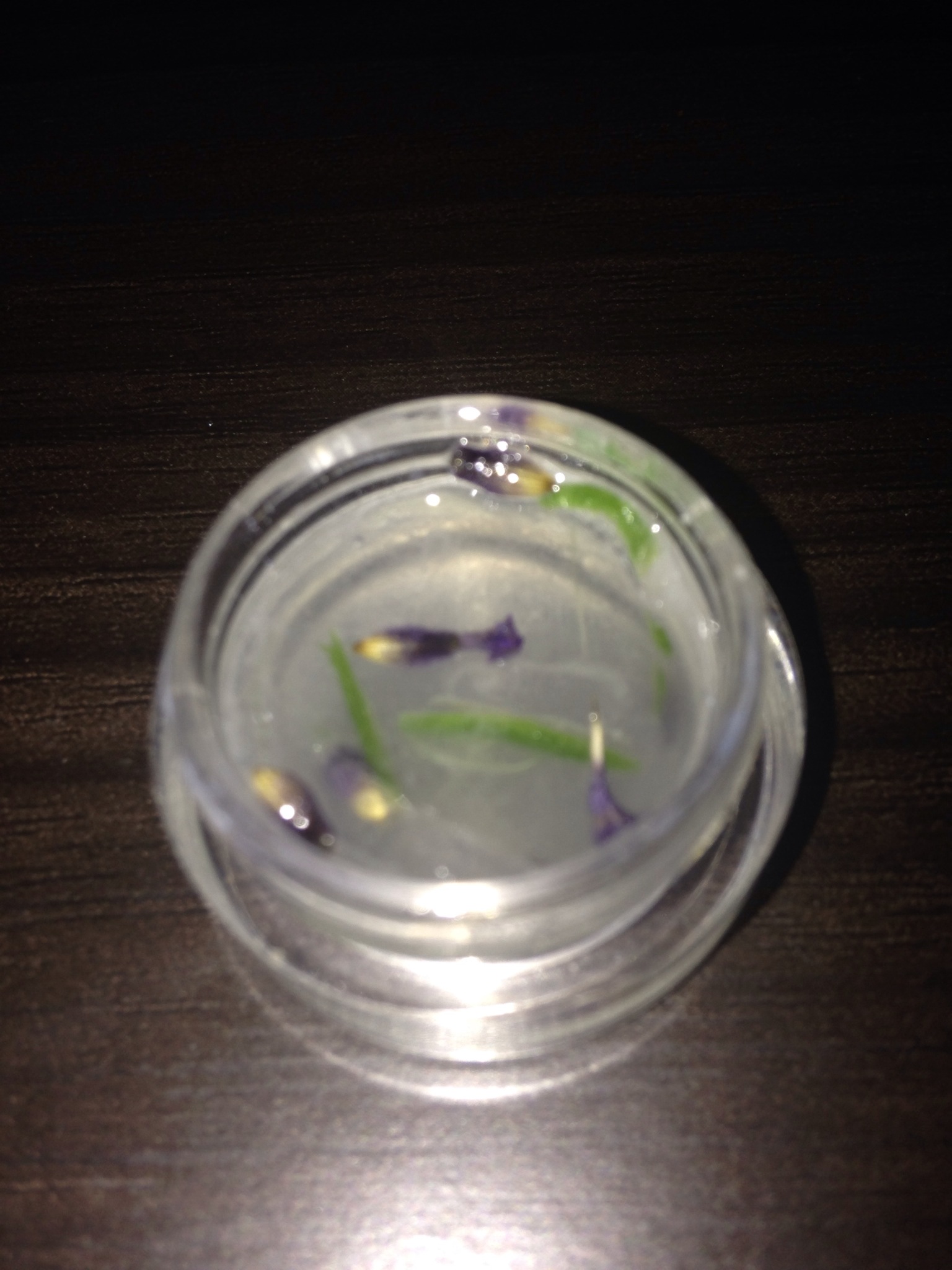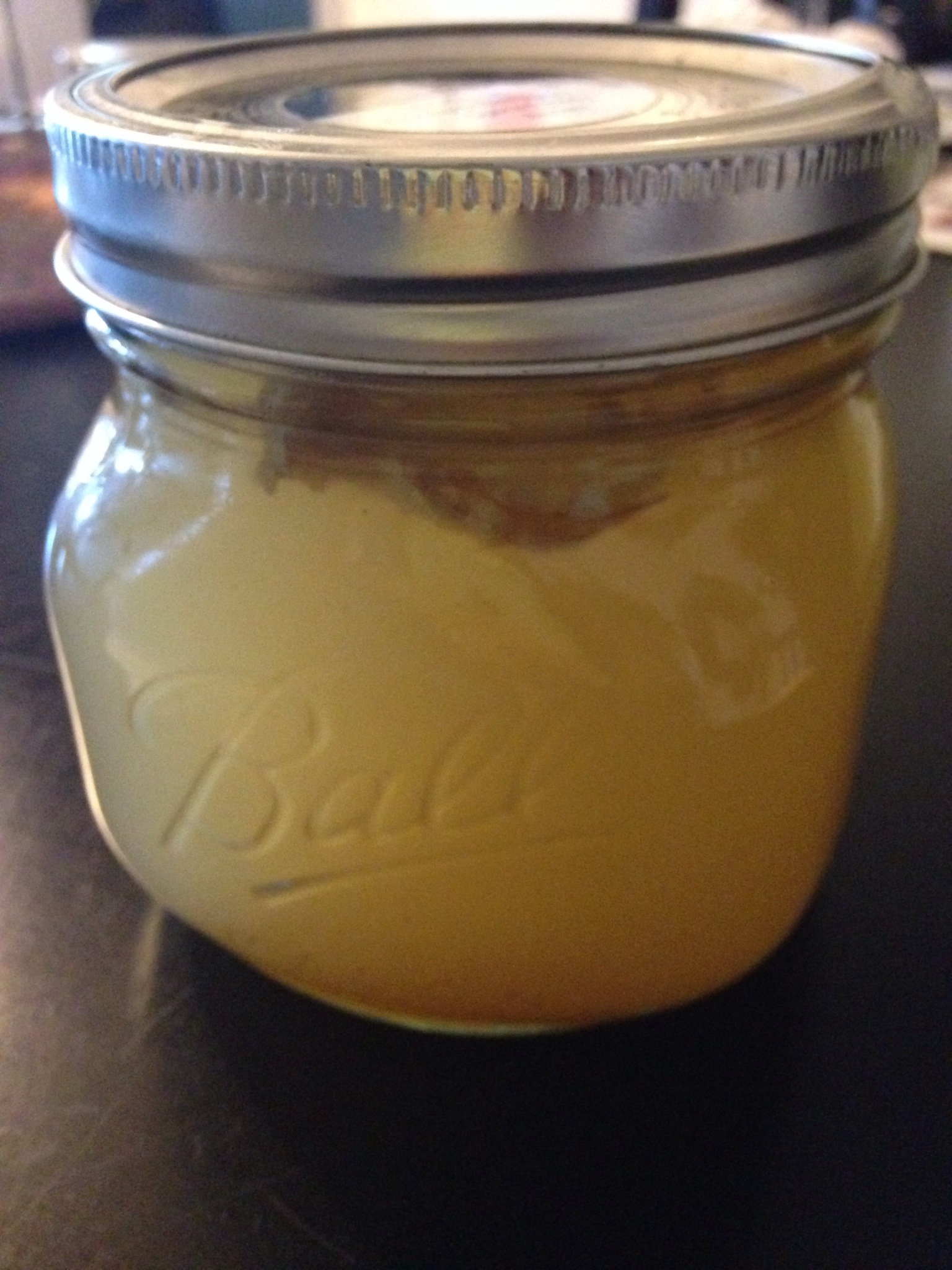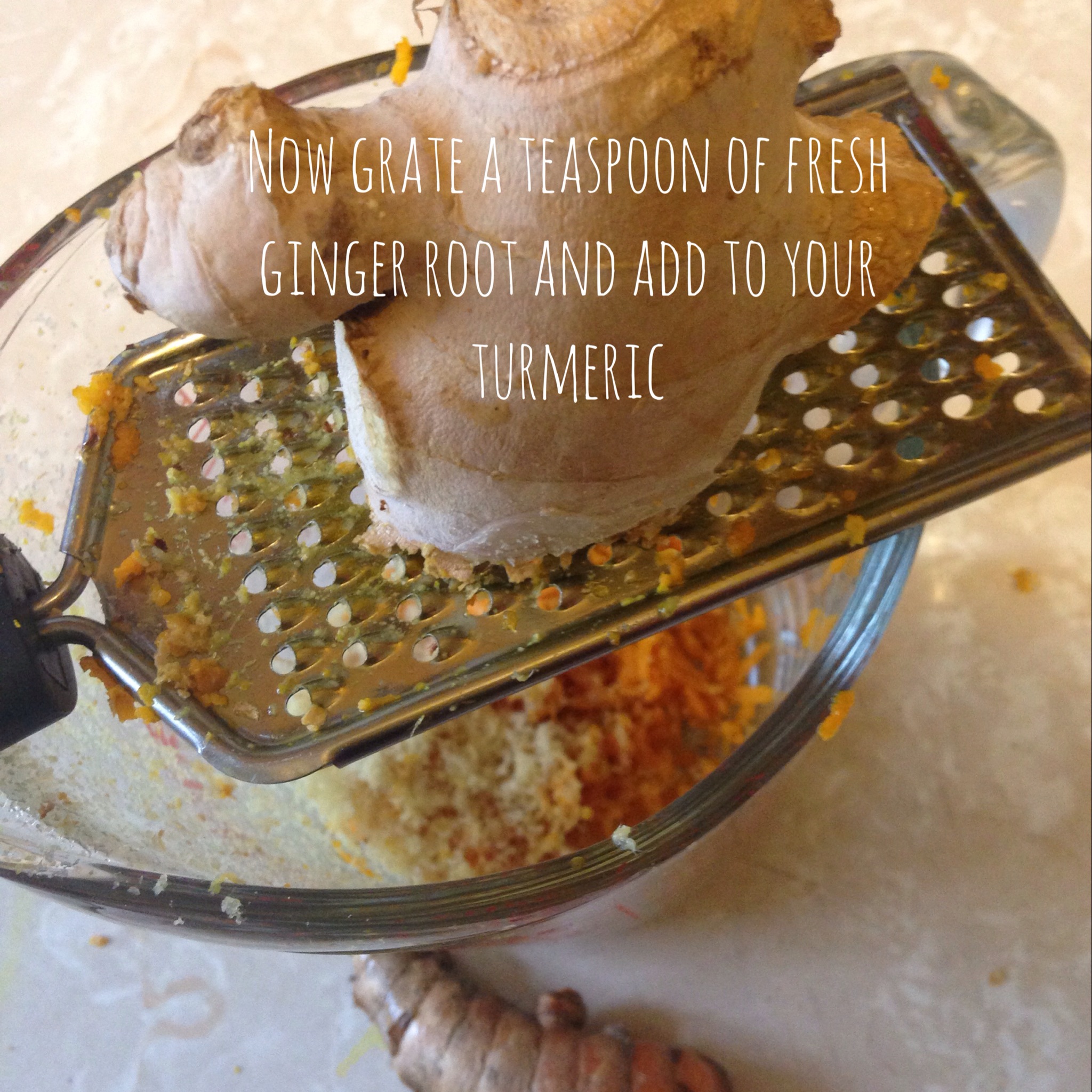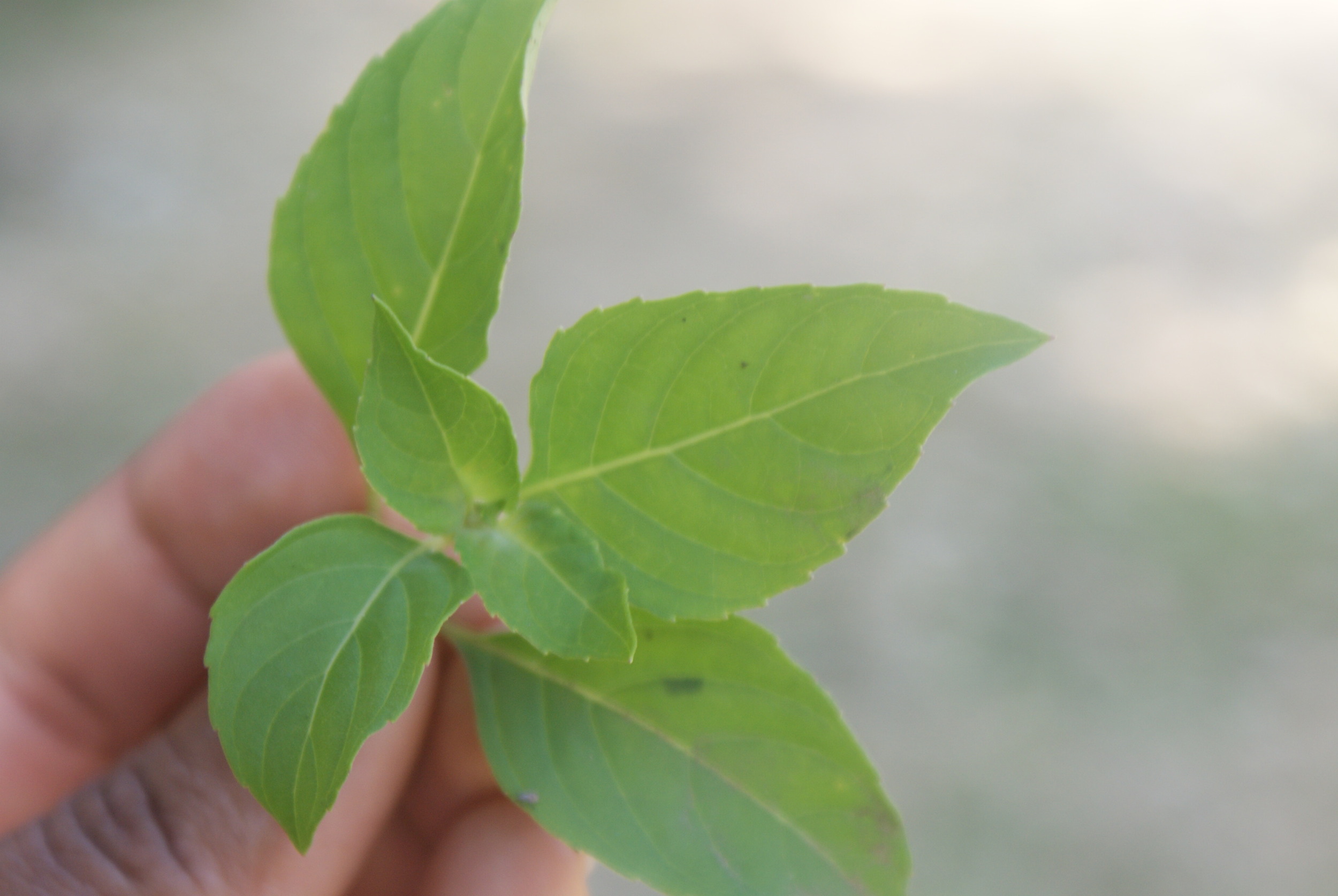This super simple four ingredient turmeric tonic is a great way to increase your health, and it's incredibly easy to make.
Help Getting to Sleep with this Natural Ayurvedic Remedy
Sleep troubles are a nation wide epidemic. Most of us (myself included) cram so much into a day, that by the time we're ready to go to bed our minds are still racing to catch up, or prepare for the next day. If you have trouble unwinding at the end of a long day, then this post is for you.
I’ve got a natural sleep remedy rooted in Ayurveda, sure to have you enjoying your beauty rest (unless of course like me, you’re up at night feeding a baby, in which case, I can offer you no more than a good luck!)
If your sleep difficulties are not a result of a baby or a toddler, this ancient Ayurvedic sleep remedy may help you reclaim some lost hours of rest. It also happens to taste really good and is suitable for children and adults alike. Unfortunately, it does not work on newborns!
You’ll need:
1-cup milk (whichever type floats your fancy, but I always opt for good old fashioned whole milk when I make this recipe-texturally, it works so much better)
1-teaspoon saffron
1-teaspoon pure vanilla extract
1-teaspoon ghee (clarified butter)
1/8-teaspoon nutmeg
Here’s what to do:
In a saucepan, combine your milk, saffron, vanilla, ghee and nutmeg and warm on low heat.
Stir.
Pour into a mug.
Enjoy an hour before bedtime as part of your unwinding ritual.
Or, if you find yourself up in the middle of the night, you can make this preparation, return to bed and prepare to go to sleep naturally.
Mint and Ginger Arnold Palmer Iced Tea
 Okay, it’s really hot. I mean summer hot. Almost hotter than it was during the actual summer.
Okay, it’s really hot. I mean summer hot. Almost hotter than it was during the actual summer.
I don’t get it. I spent the second half of August, eager to break out my Autumn wear and sip on a pumpkin spice latte, and I have, but now I find myself regressing a bit, because of the post Labor Day temperature increase.
It was 84 degrees today, that’s legitimate summer weather. So I made a legitimate summer drink. I whipped up a pitcher of refreshing mint and ginger Arnold Palmer Iced Tea.
It was so refreshing.
Here's what I did:
Into my teapot, I tossed four mint tea bags and 1 tablespoon of shaved ginger root. I filled that pot with water and let it boil.
Meanwhile, into my pitcher which holds about a liter, I squeezed the juice of five lemons. To make my simple syrup, I added a very full tablespoon of organic raw honey. The citrus helps to dissolve the honey. I just had to swirl my spoon around with vigor.
Once the contents of my teapot had cooled (I waited two hours), I removed my teabags and added my tea to my lemony simple syrup.
Before cooling in the refrigerator. I sliced a sixth lemon into thin rounds and set them free to bob and adorn my drink.
After another two hours in the refrigerator, my drink was ready.
Turmeric Tea: Your Relationship With Turmeric Could Be A Lifesaver!
 I love turmeric tea. I try to drink it as often as I can.
I love turmeric tea. I try to drink it as often as I can.
Turmeric contains so many exquisite healing properties and tea is a great way to get your days worth.
This particular tea happens to work wonders at relieving sore/itchy throats, but I don't want you to put this recipe away until you feel ill. Most importantly, this is a powerful every day tea, that will help boost your immune system so you hopefully won't have to worry about that sore/itchy throat.
Turmeric is a powerful anti-inflammatory and antioxidant agent. When I took my course in Ayurveda, we spent the majority of our time waxing poetic about the many virtues of this unassuming little root.
Turmeric should be your best friend!
Turmeric is known to:
- Lower blood pressure
- Heal arthritis
- Protect against cancers
- Protect against Alzheimer's
- Lower cholesterol
In other words, your relationship with turmeric root could be a lifesaver.
Since, I don't load up on curry everyday, turmeric tea is the way I make room for this miraculous root.
Here's how I make it:
Lavender Aloe Salve
 This weekend, my dear friend Krista gave me a gorgeous cutting from an aloe she's growing.
This weekend, my dear friend Krista gave me a gorgeous cutting from an aloe she's growing.
The hearty cutting was just oozing aloe gel and my herbalist heart skipped a beat, for it was time to make a salve.
A few weeks ago, I posted an all natural antiseptic recipe, this salve can compliment that recipe as an ointment to apply afterwards, or you can use it alone.
My aloe and lavender salve is gentle, will not sting, and provides relief and cleaning to minor wounds, burns and scrapes.
Lavender essential oil, is not only wonderfully fragrant, calming and floral, it also serves as a natural anti-bacterial and anti-inflammatory agent. Lavender naturally moisturizes the skin, reduces swelling and eases pain.
Aloe vera is cooling and is very effective at treating inflammation. Aloe also aids in the regeneration of cells, helping to heal wounds quickly as well as to reduce scarring.
It's really the perfect marriage!
To make the salve, simply follow these instructions:
I used a 1/2 0z. container, the proportions therefore reflect this measurement.
First, I cut off a section of the aloe trimming. I took from the widest point to yield the most gel. I cut the leaf in half and slowly allowed my aloe gel and juice to drip into my container. Once full of aloe vera gel, I aded five drops of lavender essential oil before capping my jar and giving it a good shake to mix.

When I'm ready to use, I apply with a cotton ball to avoid contaminating the batch with my fingers. As long as it's in an airtight jar, this salve can be stored in a cool dark place and will last for several months (hence the small 1/2 oz. batch).
Remember, this can be used alone as a mild and gentle antiseptic, or you can apply this salve after my natural antiseptic as a cooling calming salve to promote regeneration and healing.
DIY Cold and Cough Tonic
 With a little help from a few simple items, most likely already in your pantry, fridge or spice rack, you can create nourishing medicinal preparations that will keep you in balance the natural way.
With a little help from a few simple items, most likely already in your pantry, fridge or spice rack, you can create nourishing medicinal preparations that will keep you in balance the natural way.
There is a resurgence of treating ailments the good old fashioned natural way with great cause considering the amount of chemicals, artificial dyes, and artificial preservatives found in many over the counter cold and cough remedies (have you read the warning labels on these? Don't mix with...Don't drive if....May cause drowsiness, dizziness, ulcers....)
I'm not saying not to seek medical treatment or take medicine for the major things, let's face it allopathic medicine is one of the greatest comforts of living in the modern era, but for the small discomforts, the coughs, the colds, you have more power than you may think. Using everyday foods, spices and herbs, you really can combat a majority of life's minor illnesses and discomforts.
When you first begin to feel that foreboding scratch in your throat, or notice that your cough and sneeze are becoming a problem, this all natural cold and cough tonic will get you back to 100% in no time!
To make you will need: 4 cups water 3 tablespoons Raw apple cider vinegar 1 tablespoon Raw honey 1/2 teaspoon Turmeric 1/8 teaspoon Cayenne Pepper 1 whole Ginger root
Bring your water to a boil in a saucepan. While your water is boiling, rinse and slice your ginger root, then add to your water.
Let the mixture come to a full boil before reducing the heat to a simmer. Add your turmeric and cayenne pepper. Simmer for ten minutes and remove your mixture from the hot eye. Add your apple cider vinegar and mix with a spoon. Pour 1/2 cup to a cup into a mug ( you can strain the ginger out or you may leave the bits of sliced root- depends on your personal preference) stir in your honey and consume while warm. Store any extra in a mason jar. Drink twice daily.
This tonic is safe for children and will not leave you the least bit groggy, dizzy, or incapable of driving or operating machinery.
Thyme Tea
 As the season transitions and sniffles and congestion begin to replace the languid sighs of summer, it is the perfect time to brew a fresh pot of tasty medicinal thyme tea.
Thyme, a natural expectorant has been used medicinally for ages in the Mediterranean, England and Egypt as a tea to treat coughs, colds and bronchitis- ailments that tend to manifest in the Fall.
As the season transitions and sniffles and congestion begin to replace the languid sighs of summer, it is the perfect time to brew a fresh pot of tasty medicinal thyme tea.
Thyme, a natural expectorant has been used medicinally for ages in the Mediterranean, England and Egypt as a tea to treat coughs, colds and bronchitis- ailments that tend to manifest in the Fall.
Thyme comes in many varieties, my favorite for tea being Lemon Thyme for it's lemony and zesty flavor.
There are many ways to prepare the tea, but I prefer to use fresh, not dried herb sprigs that I've gathered from my fire escape herb garden.
I pluck about five to seven sprigs for two cups of water. I boil my water first, then let the thyme seep for ten minutes in the boiled water.
If you have a toddler or young child with a cough (as cough syrup isn't safe for young children), you can take the same preparation and fill a small teacup halfway with the freshly prepared thyme tea. Add two teaspoons of honey and a teaspoon of Braggs apple cider vinegar then fill the other half of the teacup with orange juice. This is a wonderful cough and congestion remedy and it's tasty.
The Virtues of Basil Tea
I was handed a bunch of fragrant teardrop shaped leaves. Inhaling the sweet scent, I knew without a doubt- "basil!"
During my stay at the Rohdes Hall Plantation in Jamaica a few weeks ago, we happened upon a large patch of basil while on a guided walk.
I know basil well, I have a hearty stretch growing in my herb garden in Maryland that I use to make summer salads and to season buttermilk biscuits and lemonade. What I wasn't aware of was the use of basil in Jamaica as a medicinal tea. From diabetes, to asthma, stress, to arthritis, basil taken as a tea can prove a powerful healing tonic. To prepare basil tea, simply pull about a dozen fresh sprigs from the earth and rinse. Bring your water to a boil then add the clean basil sprigs seeping for five minutes. Basil tea is a fantastic early morning tea as basil is known to bring mental clarity.
For an extra kick of green, I like to add a teaspoon of mint flavored chlorophyll. The taste combination is lovely.
How to Make Spicy Chai
I don't usually post recipes, but I am in love with this one that I picked up on the road. Well, I picked part of it up on the road, the rest I improvised based on Ayurveda. Either way, it's a keeper. I see the birth of a new segment "Recipes from the Road." I learned to make the basic chai blend at Seattle's Market Spice www.marketspice.com (more on that later- best shop EVER!)
Note: You can use any tea in this recipe. I use Rooibos because it's an incredibly nutritious tea (anti-oxidants galore) and is caffeine free. Traditionally a black tea is used.
Spicy Chai to Enliven a Dreary Seattle Afternoon:
What You'll Need:
You'll need a mortar and pestle and a french press or the equivalent (coffee grinder, loose tea bags, etc.)
Ingredients:
2 Cups boiled water
2 heaping teaspoons of rooibos tea
2 teaspoons of green cardamom pods
1 teaspoon of cinnamon flakes
1 teaspoon of whole cloves
1/2 teaspoon of whole peppercorns
1/8 teaspoon ground turmeric
Steps:
Bring your water to a boil
Place the loose rooibos tea, the cinnamon flakes and the turmeric in the bottom of your french press or loose tea bag
In the mortar, grind your pepper just until it begins to crack open revealing the white interior
Add the pepper to your french press or tea bag
In the mortar, grind your clove
Add the clove to your french press or tea bag
Peel open your cardamom pods to release the seeds
Pile your cardamom seeds into the mortar and mash to release the aroma and flavor
Add the cardamom to the french press or tea bag. Pour the boiling water into the french press or steep your tea bag for five minutes.
Pour and enjoy!
And since there is no caffeine, guess who loves it too...
* This recipe produced a 120z batch of chai, two teacups worth!
What is your favorite recipe from the road?

























